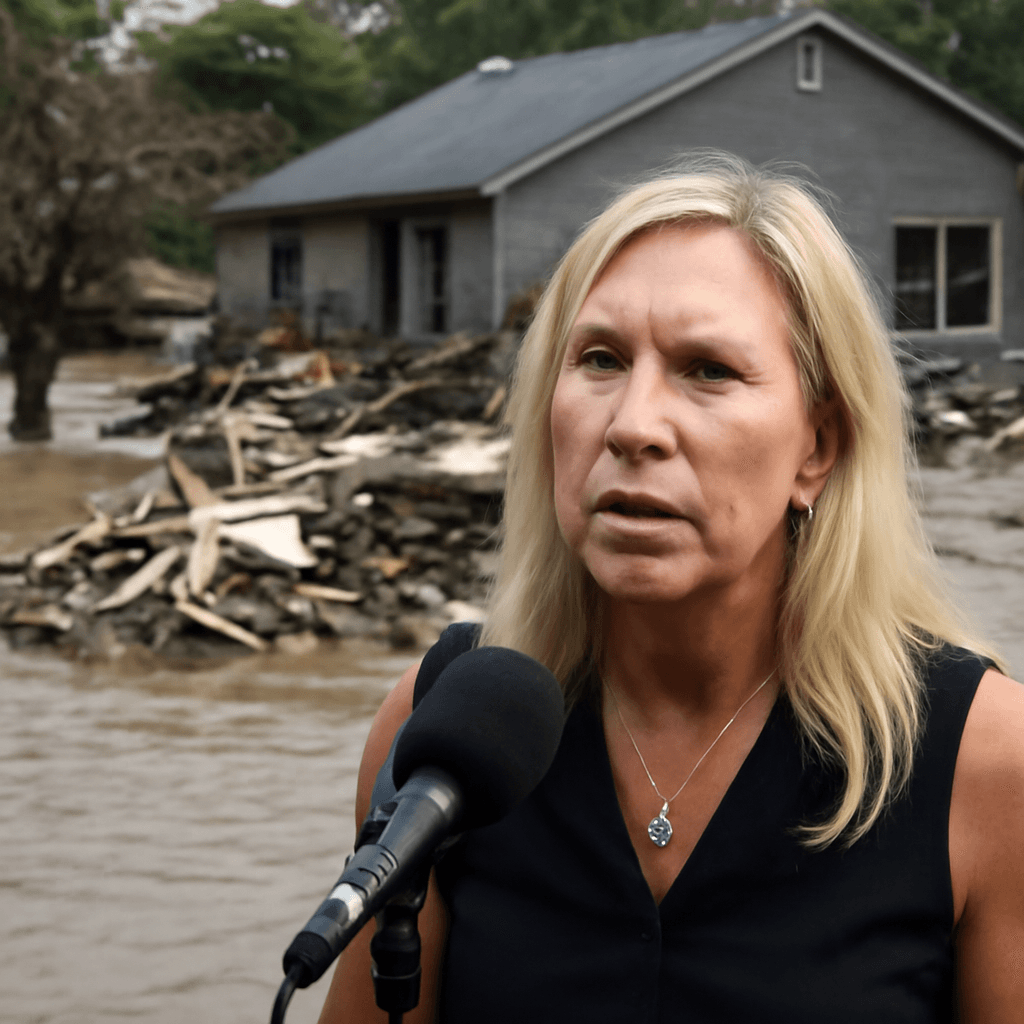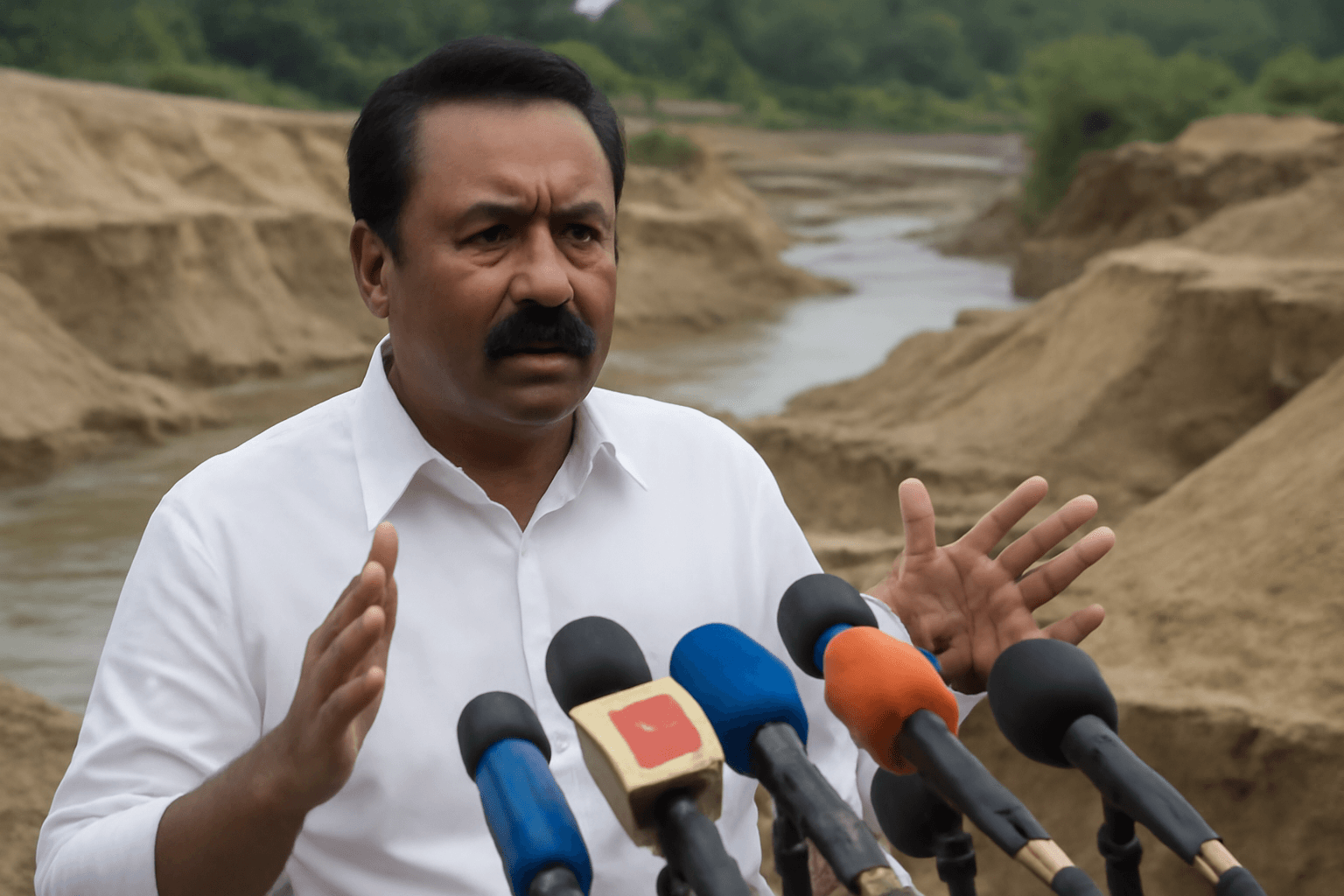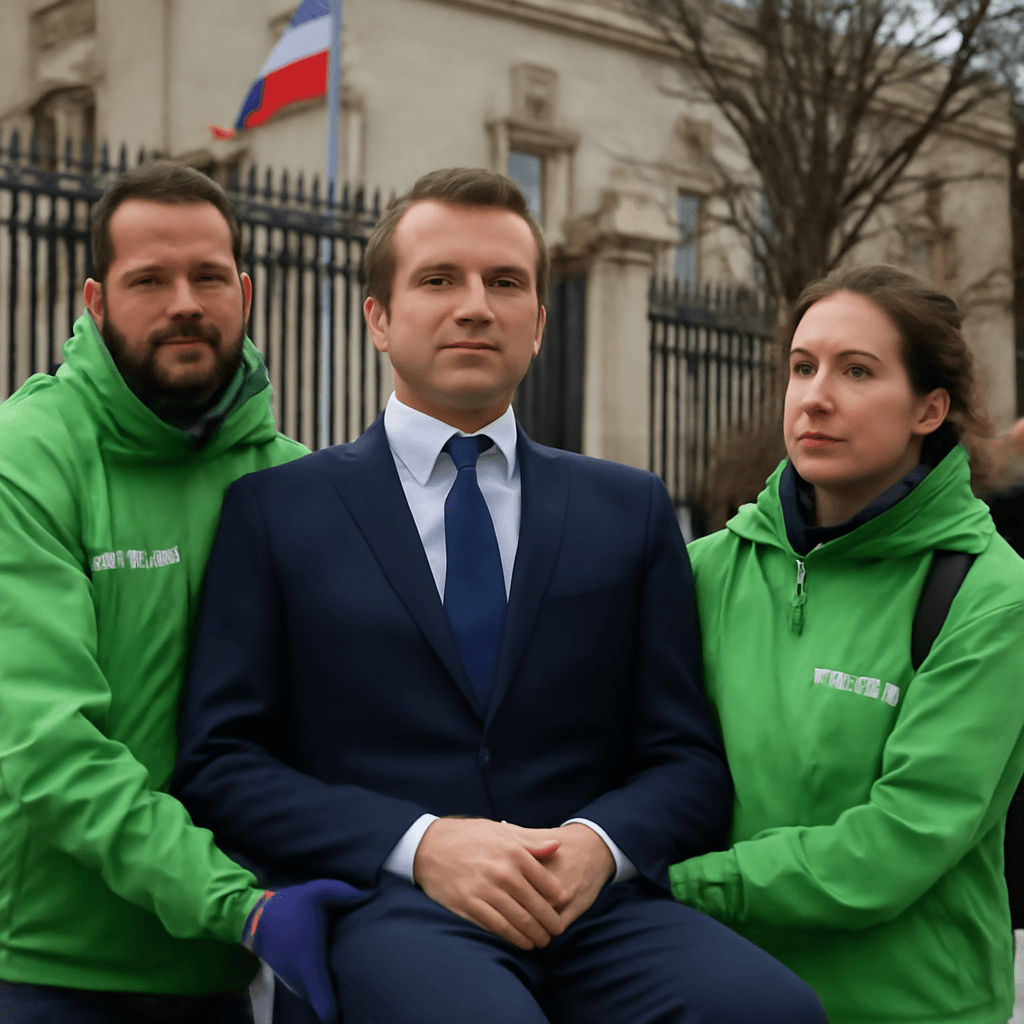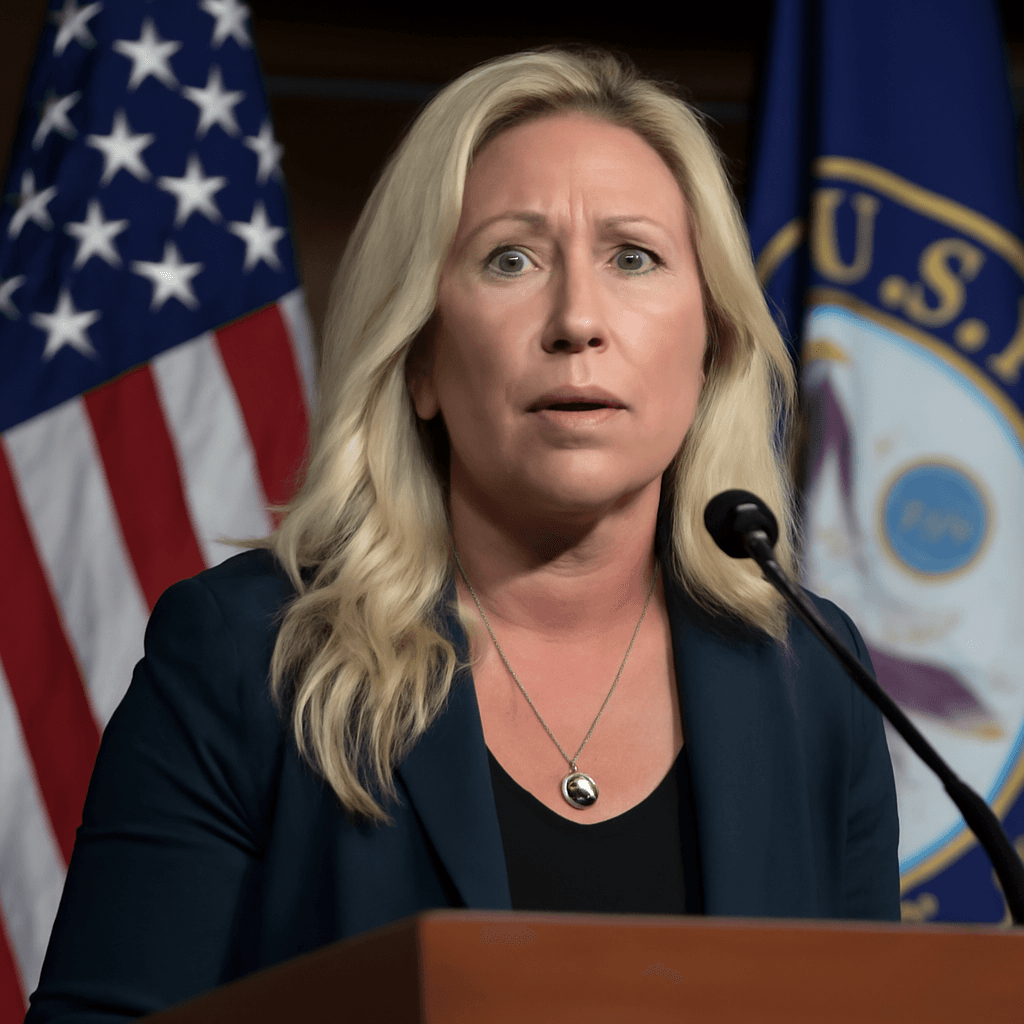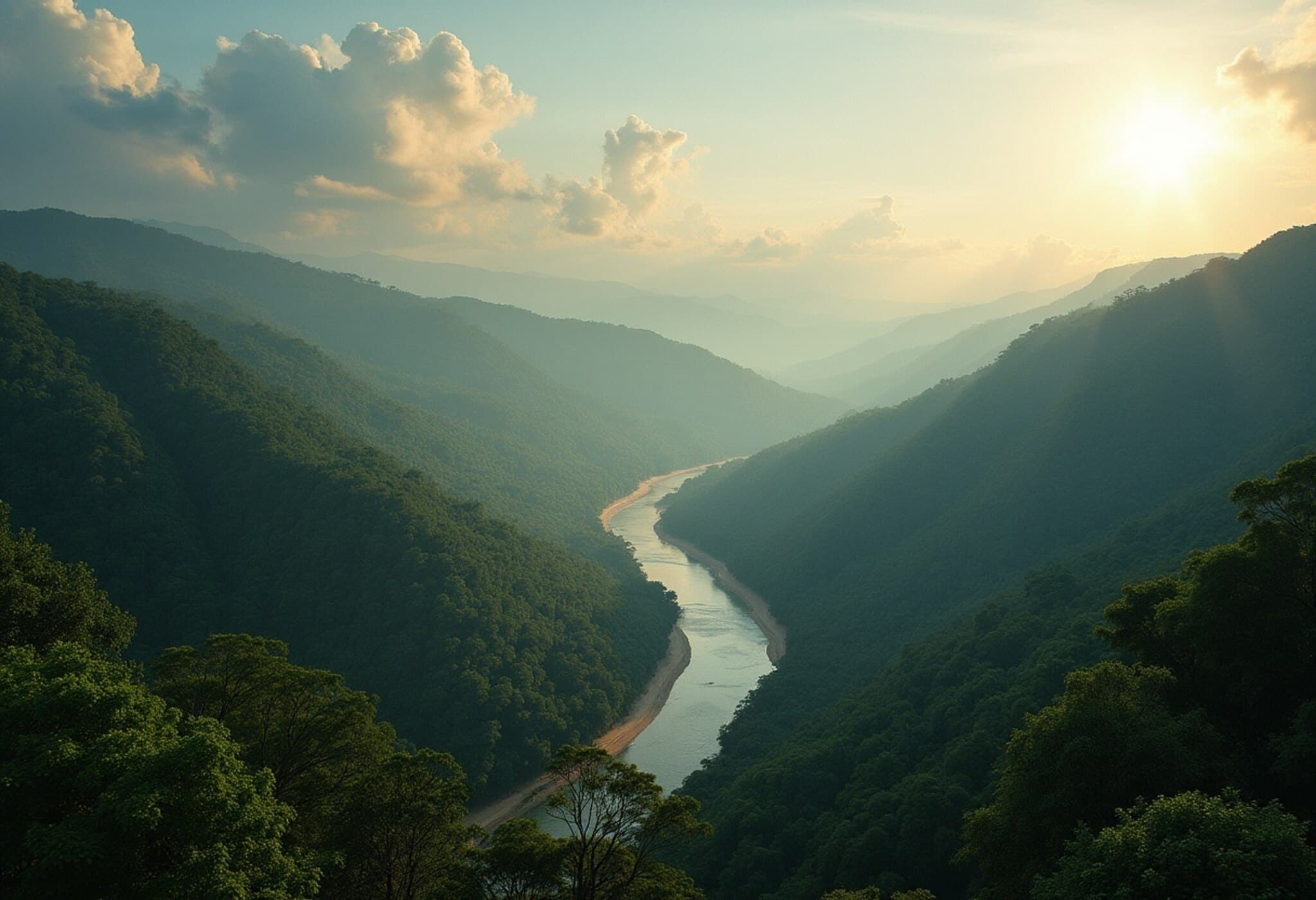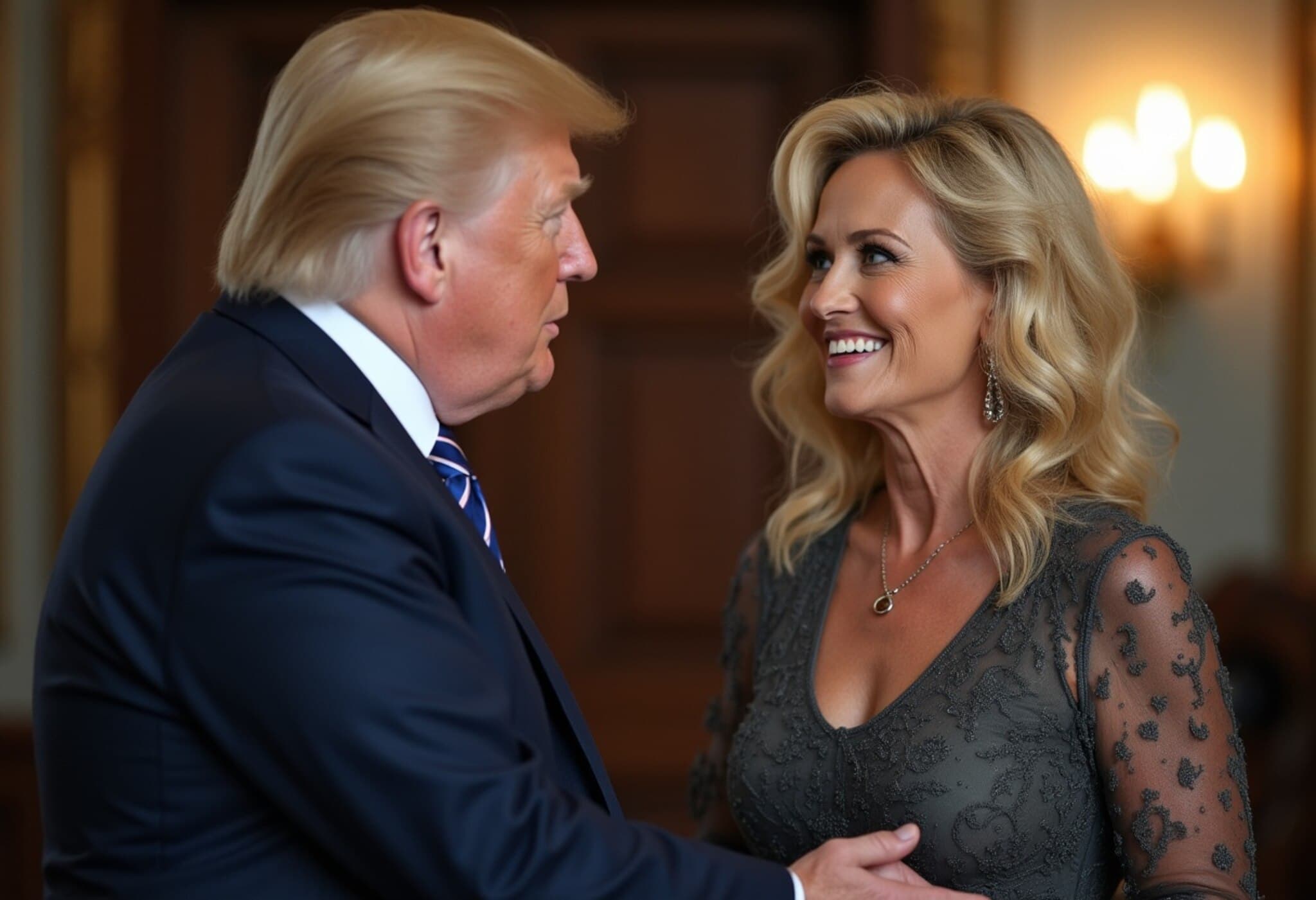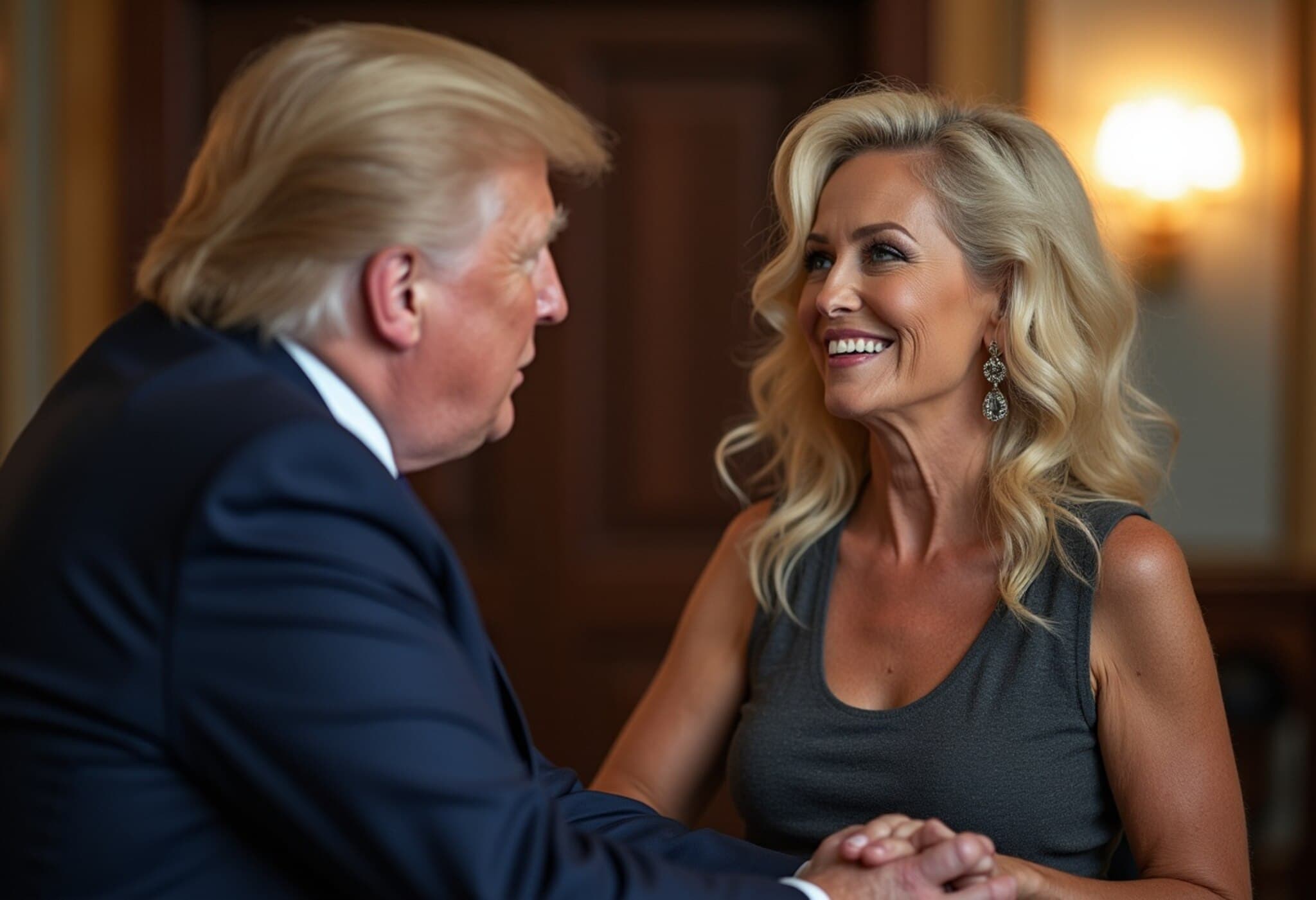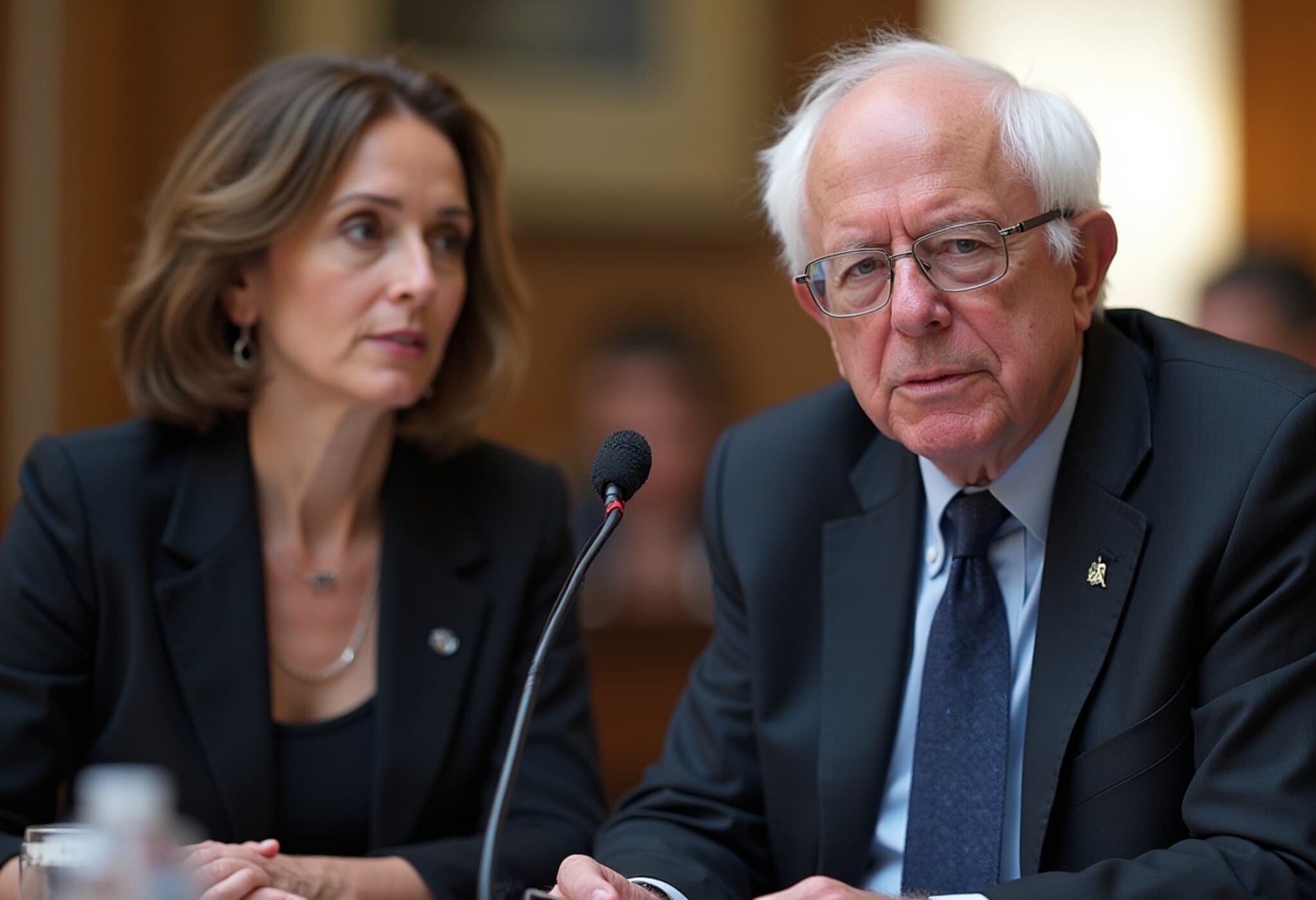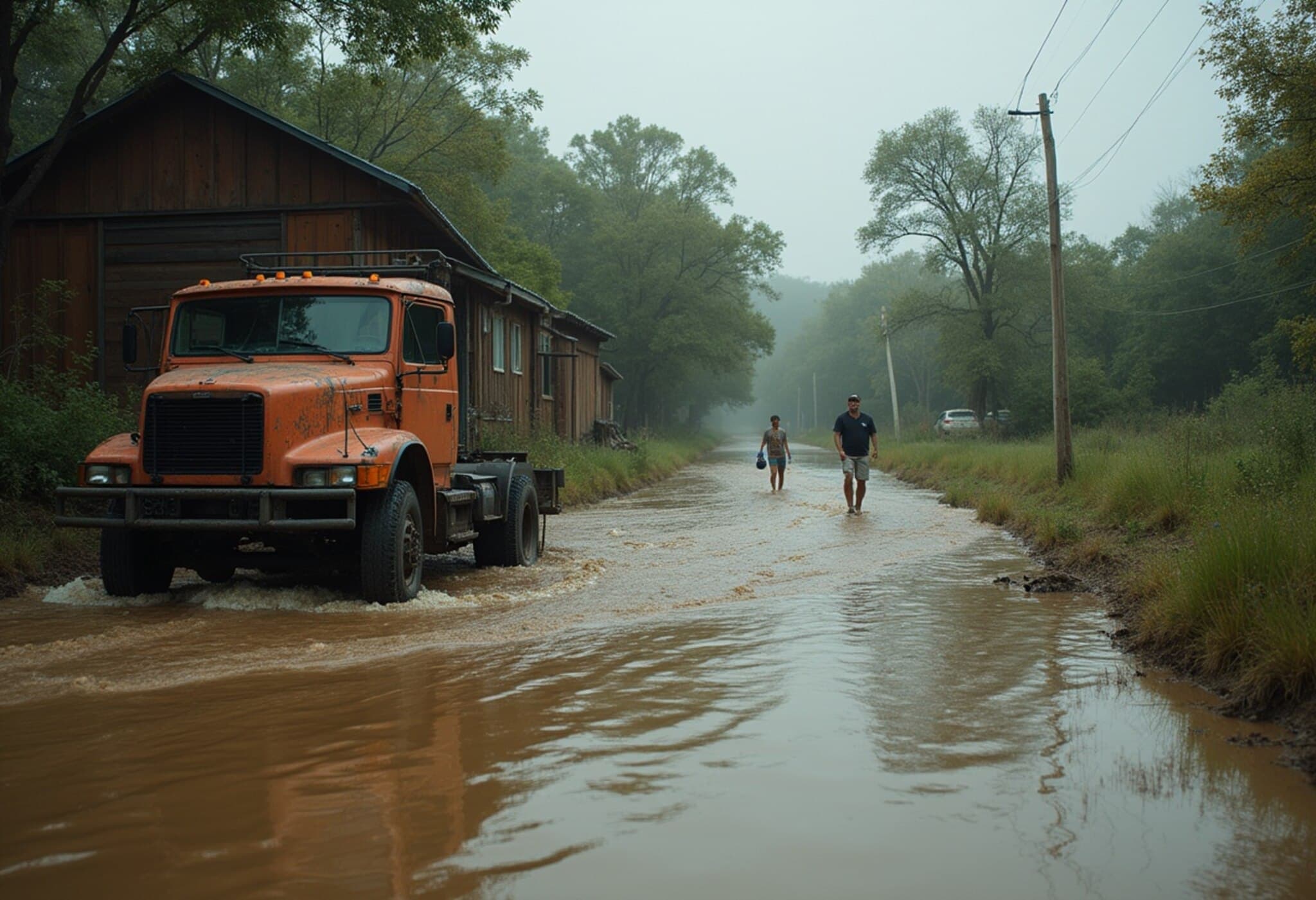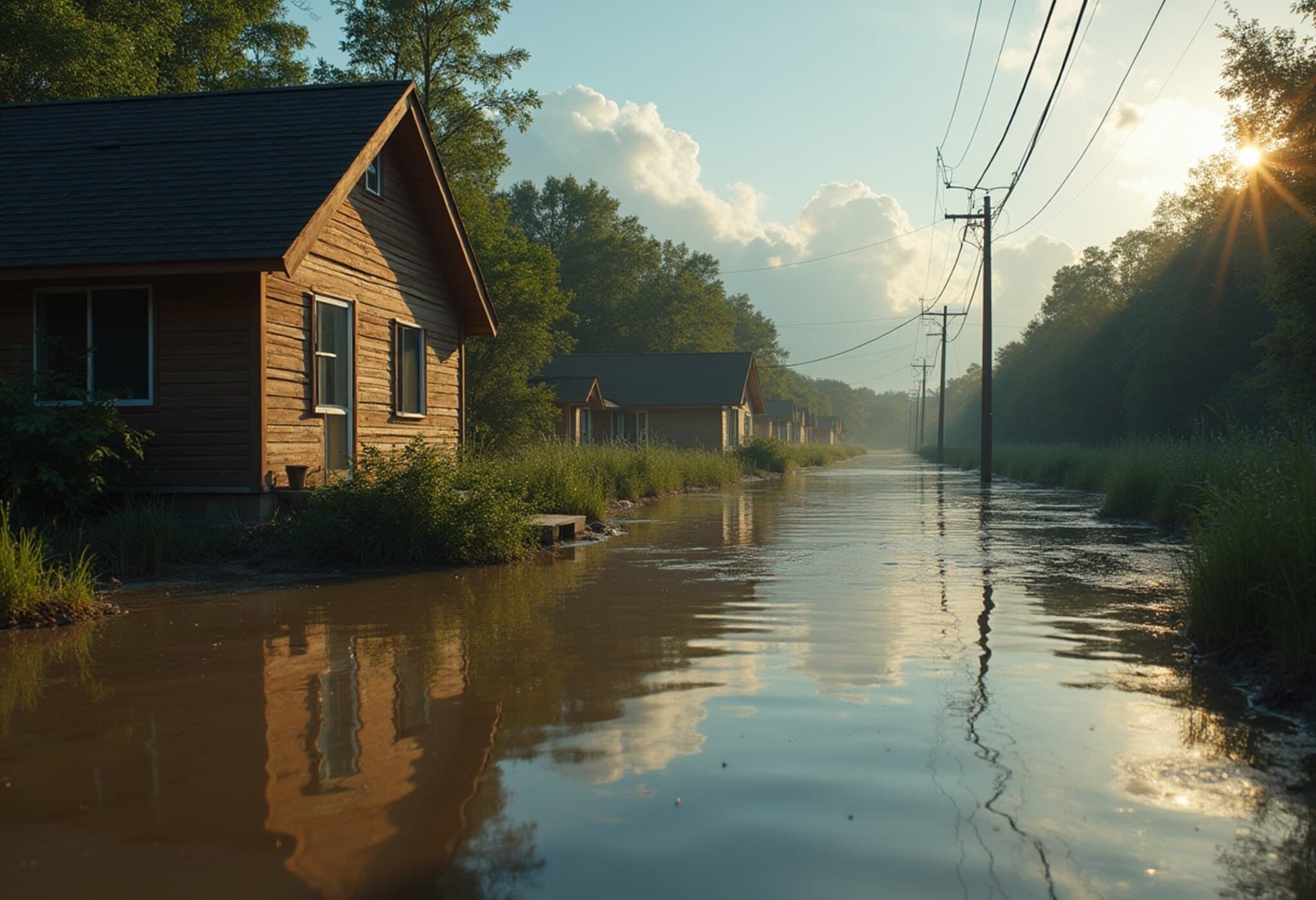Marjorie Taylor Greene Pushes Weather Modification Ban Following Deadly Texas Floods
In the wake of devastating floods in Texas that tragically claimed at least 100 lives, U.S. Representative Marjorie Taylor Greene announced her intention to introduce legislation criminalizing weather modification practices. While Greene did not explicitly connect her announcement to the recent disaster, many observers see her move as a direct response to the catastrophic event.
Greene’s Proposed Bill: A Closer Look
On July 8, 2025, Greene took to X (formerly Twitter) to declare her plan to introduce a bill that would make it a felony to "inject, release, or disperse chemicals or substances into the atmosphere for the express purpose of altering weather, temperature, climate, or sunlight intensity." She referenced Florida's recently enacted Senate Bill 56, which carries heavy fines and prison sentences for unauthorized geoengineering and cloud seeding activities.
Florida’s law imposes fines up to $100,000 and potential prison sentences of five years, signaling a strong legislative stance against geoengineering. Greene stated that she has been researching weather modification for months and aims to "end the dangerous and deadly practice of weather modification and geoengineering."
Understanding Cloud Seeding: Science vs. Conspiracy
Cloud seeding, the primary form of weather modification cited, involves dispersing substances like silver iodide into clouds to stimulate precipitation. This method has been employed for over 80 years, primarily on small scales, to augment water supplies and enhance snowfall in targeted areas. Government agencies such as the National Oceanic and Atmospheric Administration (NOAA) and the Government Accountability Office confirm that cloud seeding is limited in scope and effect, usually state or locally managed, and rarely federally orchestrated.
Yet, Greene’s claims have been met with skepticism and sharp criticism from atmospheric scientists. Harvard-trained meteorologist Matthew Cappucci publicly dismissed her statements as scientifically unfounded, emphasizing that no form of weather modification could produce a flood on the scale seen in Texas, which involved approximately 4 trillion gallons of water. Cappucci candidly remarked that Greene “doesn’t know what she’s talking about,” framing his rebuttal as grounded in scientific fact rather than political bias.
Longstanding Claims and Controversies Surrounding Weather Control Theories
Greene’s advocacy against weather modification is part of a broader pattern of promoting fringe theories. In the aftermath of Hurricane Helene, she claimed that weather control was possible, directly contradicting consensus expert views. President Joe Biden once publicly labeled her assertions as "beyond ridiculous."
Her earlier social media activity included the now widely debunked "Jewish space lasers" conspiracy that falsely alleged a global banking family’s involvement in California wildfires. Such unfounded narratives have stirred widespread condemnation and illustrated Greene’s penchant for embracing conspiracies.
Separating Fact from Fiction: Expert Perspectives
Science communicators caution against conflating cloud seeding with conspiracy theories like chemtrails—the latter being misinterpretations of ordinary aircraft condensation trails. Skeptics highlight that while cloud seeding is a legitimate, if limited, weather intervention technique, conspiracy-driven narratives amplify fears and misinformation.
Mick West, a noted science writer and fellow at the Committee for Skeptical Inquiry, explained this phenomenon as a misreading of connections between unrelated concepts. He described it as a case where those unfamiliar with technical distinctions "put two and two together and make 17," underscoring the often unsubstantiated leap from factual weather modification efforts to speculated large-scale government manipulation.
Political and Social Reactions
Greene’s bill proposal has sparked ridicule among some colleagues. Representative Jared Moskowitz sarcastically remarked that he would like to introduce legislation banning "the injection, release or dispersion of stupidity into Congress," illustrating the sharp partisan divide and the contentious nature of this debate.
Florida lawmakers who championed Senate Bill 56 stressed their intent was to address public concern rather than to outlaw proven weather modification techniques outright.
Contextualizing the Debate: Weather Modification in American Policy and Public Perception
Weather modification policies intersect with critical American concerns over environmental management, disaster response, and scientific governance. While targeted weather interventions have potential benefits—like drought mitigation—the debate reveals a wider dilemma over misinformation, political theatrics, and public trust in science.
As extreme weather events intensify due to climate change, clear, nuanced communication about legitimate technologies versus conspiracy-based misinformation is crucial. The Texas floods tragedy serves as a poignant backdrop, demonstrating society’s vulnerability to natural disasters and the imperative to focus on evidence-driven policy responses.
Editor’s Note
The introduction of legislation criminalizing weather modification efforts highlights the ongoing clash between political narratives and scientific reality. While public fears around natural disasters are understandable, policymakers must ground their responses in credible science to foster effective solutions. As climate challenges mount, distinguishing fact from fiction is essential—not only for shaping law but also for maintaining public trust and advancing environmental resilience.

